- China will use aid to Nepal to support feasibility study on China-Nepal cross-border railway
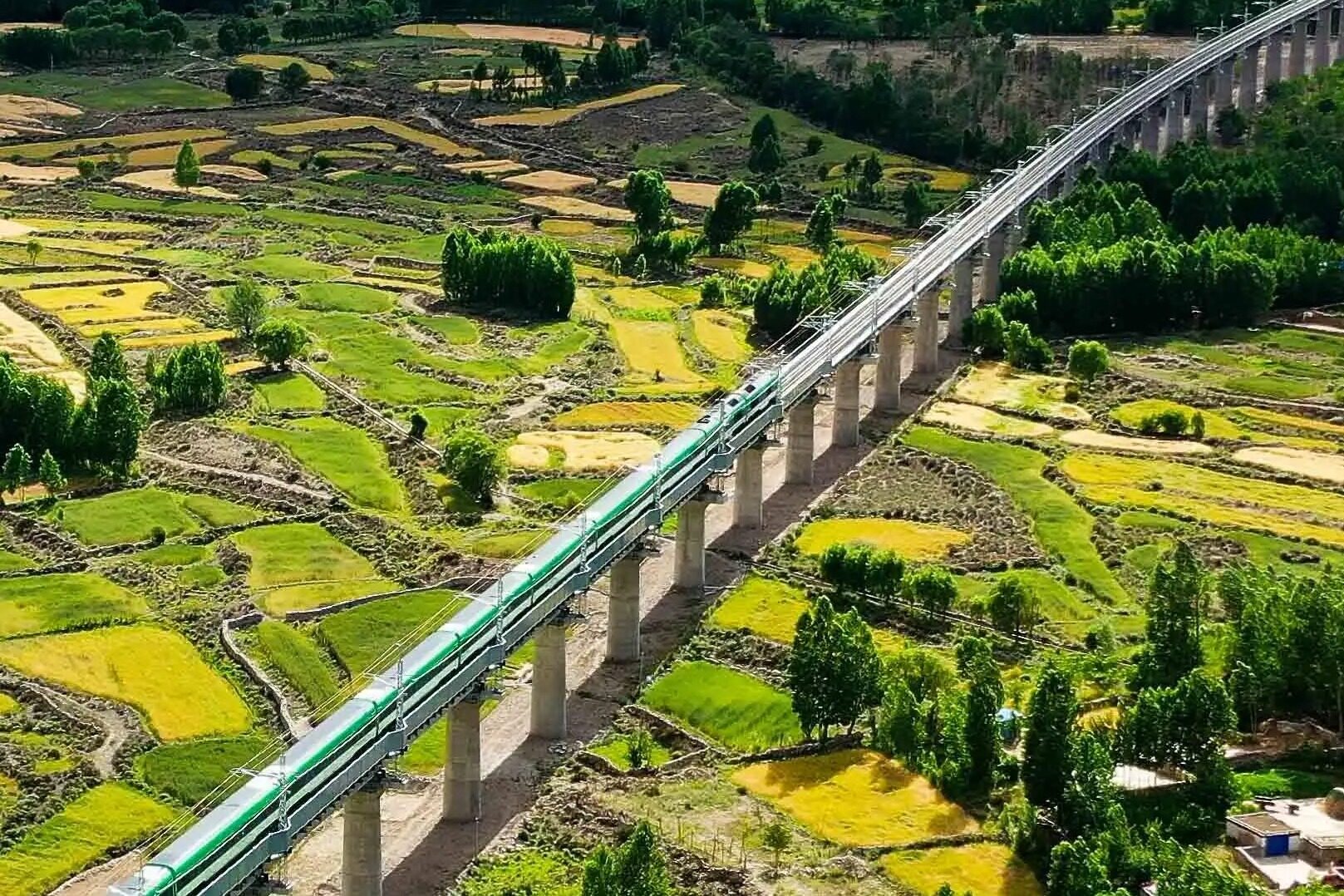
China and Nepal are connected by mountains and rivers and have been friendly from generation to generation. China and Nepal have always firmly supported each other on core issues. On August 11, 2022, Foreign Ministry Spokesperson Wang Wenbin hosted a regular press conference. A foreign media reporter asked, does China want to build a railway between China and Nepal? What kind of railway will be built? Wang Wenbin replied: During the talks between the Chinese and Nepalese foreign ministers, both sides agreed to build a trans-Himalayan three-dimensional interconnection network. State Councilor and Foreign Minister Wang Yi announced that China will use its aid to Nepal to support the feasibility study of the China-Nepal cross-border railway, and send experts to Nepal to conduct surveys within this year. This means that the long-awaited super project across the Himalayas is about to start a survey.
In March 2020, Tieyi Institute won the bid for the survey and design project of the Shigatse to Geelong Port section of the China-Nepal Railway. It is understood that this section of the line will cross the Mara Mountains, a branch of the Himalayas. According to the announcement of the First Institute of Railways, the China-Nepal railway corridor includes the Chinese section and the Nepal section. The section from Shigatse to Geelong Port, the project won by the institute, is the China-Nepalese railway corridor with a total length of 443.8 kilometers.
According to the plan, the domestic section of the China-Nepal Railway is located in the Tibet Autonomous Region, starting from Shigatse West Station of the Lari Railway in the east, passing through Sakya County in the west, passing through Zhongla Mountain to Dingri County, and along the Pengqu and Menqu River Valleys to Peiku After the mistake, cross the Mala Mountains, a branch of the Himalayas, to Geelong Town, set up a railway port station, and then take it to the national border, and reserve the conditions for extending to Kathmandu.
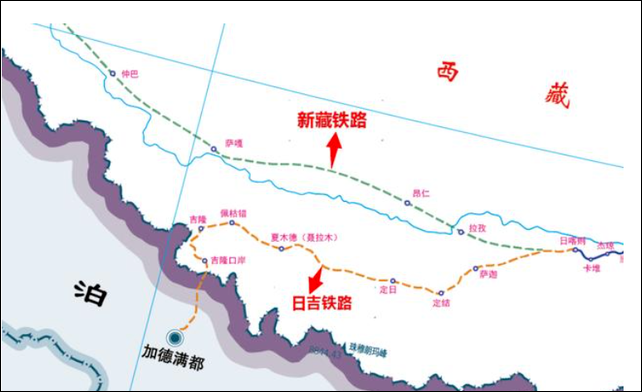
The National Development and Reform Commission previously announced that the Shigatse-Gelong section of the China-Nepal Railway is co-located with the "Xinhai-Tibet Railway" planned and studied in the "Medium and Long-term Railway Network Planning", and will together with the Xinhai-Tibet Railway and the Sichuan-Tibet Railway constitute a railway corridor in western China and southwest China. , and lay a solid foundation for accelerating the construction of a trans-Himalayan three-dimensional interconnection network.
According to China Railway Construction Co., Ltd., the total length of the Nepalese East-West Railway Project is nearly 210 kilometers. In March 2016, Tieyi Institute missed out on the eastern section of the Nepal East-West Railway with the fourth technical standard. A year later, the last 4 tenders of the whole line were tendered to the world again. After careful inspection, the Iron and Steel Institute decided to cooperate with two Korean companies. Led by Tieyiyuan, the Korean company is responsible for the professional design of the station front. They also choose local companies in Nepal to provide some professional engineers.
In the end, this "1+1+1" international combination won the two bids in one fell swoop with an absolute advantage. According to China Railway Construction Co., Ltd., officials of the Ministry of Infrastructure and Transport of Nepal have publicly stated many times, "The China-Nepal Railway has always been the dream of the Nepalese people. Although the China-Nepal Railway is the most complex and challenging project in the world, as long as there is a With the participation of Chinese companies and the First Institute of China Railway Construction, I am convinced that this railway will eventually become a reality."
Railroad crossing the Himalayas, several concerns
In an interview with a reporter from Xinhua News Agency in 2015, Wang Mengshu, an expert in tunnel and underground engineering in China, made an analysis on this. He said that the Himalayas tunnel technology is feasible but faces some practical difficulties.
Is it possible?
To build an alpine tunnel, the site selection and altitude must be determined first. Is it to "cross" or "cross"? Wang Mengshu said that if a tunnel is built at an altitude of more than 7,000 meters in the Himalayas, the length can be shortened, but considering that the air is thin, the temperature is too low, and the ground is frozen, it is not suitable for people and vehicles to pass, so the height of the tunnel should be reduced to less than 5,000 meters. , 4000 meters or so is more appropriate.
Wang Mengshu told reporters that in order to shorten the length of the tunnel, it is necessary to try to find the thinnest part of the Himalayas. Previously, after on-the-spot investigation, the parties initially determined some alternative addresses, but they were all stuck in the feasibility study stage and did not move the real deal.
Is it dangerous?
A major difficulty in engineering operations in the alpine zone is lack of oxygen. According to the experience of building the Qinghai-Tibet Railway, the oxygen content of the air above 4,800 meters above sea level is less than half of that of the plain, and oxygen must be supplied artificially. Wang Mengshu said that if a Himalayan tunnel is to be built, an oxygen generator must be used to supply oxygen in the construction tunnel. Only when the oxygen content reaches normal levels can normal construction be maintained.
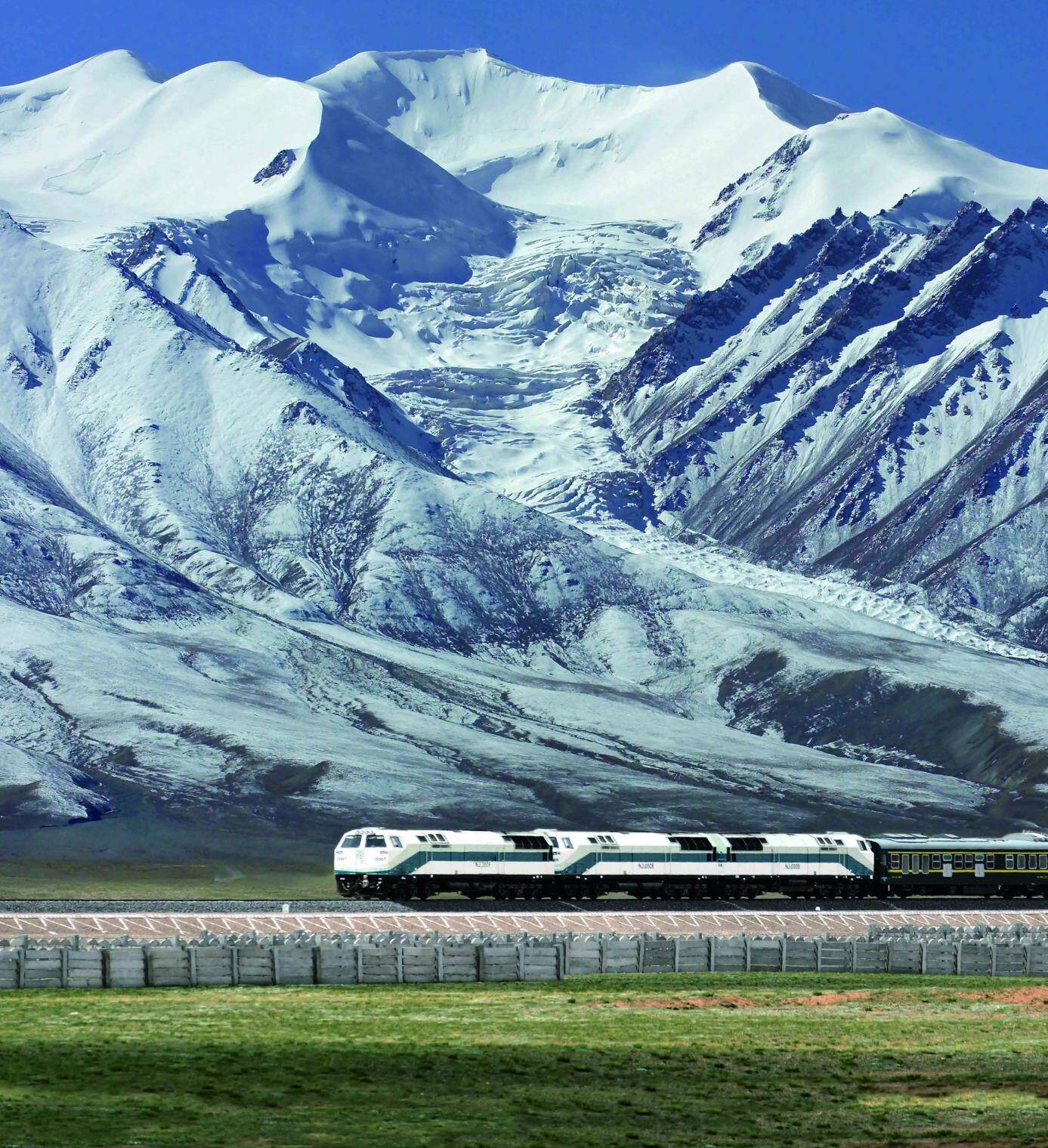
Of course, to build railways, we must first build roads to transport equipment and materials, which in turn involves the danger of high-altitude road transport.
Wang Mengshu said that when the Qinghai-Tibet Railway was built and the altitude was raised to 4,500 meters, 140,000 people participated in the construction, and there were no cases of death due to alpine hypoxia, but more than 100 people died because of car bursts. Under high altitude conditions, the pressure difference between the inside and outside of the car tire is too large, and the tire is often punctured. Therefore, when transporting various equipment and materials for the construction of railway tunnels, it is necessary to ensure the safety of road transportation.
"Although there are various difficulties, there are ways to solve them. In general, it is technically feasible to build the Himalayas tunnel." Wang Mengshu said.
Is it expensive?
The Gotthard Tunnel, the longest railway tunnel in the world today, is located in the central Swiss Alps with a total length of 57 kilometers and took 11 years to build. So how long can the planned Himalayan tunnel be? How long will it take to repair and how much will it cost?
Wang Mengshu said that everything is an assumption at this stage, so it is difficult to make accurate estimates. "However, previous experience is that the cost of building a railway in an area with extremely harsh geological conditions is basically 100 million per kilometer." Wang Mengshu said.
As for the Himalayas Tunnel, it will cost at least 10 billion RMB including the lead project and the tunnel itself. As for the construction period, subject to external conditions, it will take about 10 years.
What prospect?
Once the railway is completed, it is bound to drive more Chinese tourists to visit Nepal and promote trade between the two countries. "The scenery at the southern foot of the Himalayas is beautiful and the folk customs are simple. It is really worth a visit. The wool and cashmere products in Nepal are really cheap, and the mutton is delicious." Wang Mengshu, who has been to Nepal many times, recalled.
For Nepal, it is looking forward to building a convenient land transportation network, making full use of China's opportunities, and realizing its own development. "China has always been friendly to Nepal, and previously aided them in the construction of a large number of water conservancy and hydropower projects. Many Nepalese told me that they felt that the Chinese were telling the truth, doing practical things, and being really friendly to them." Wang Mengshu said. Editor / Xu Shengpeng
Comment
 Praise
Praise
 Collect
Collect
 Comment
Comment
 Search
Search


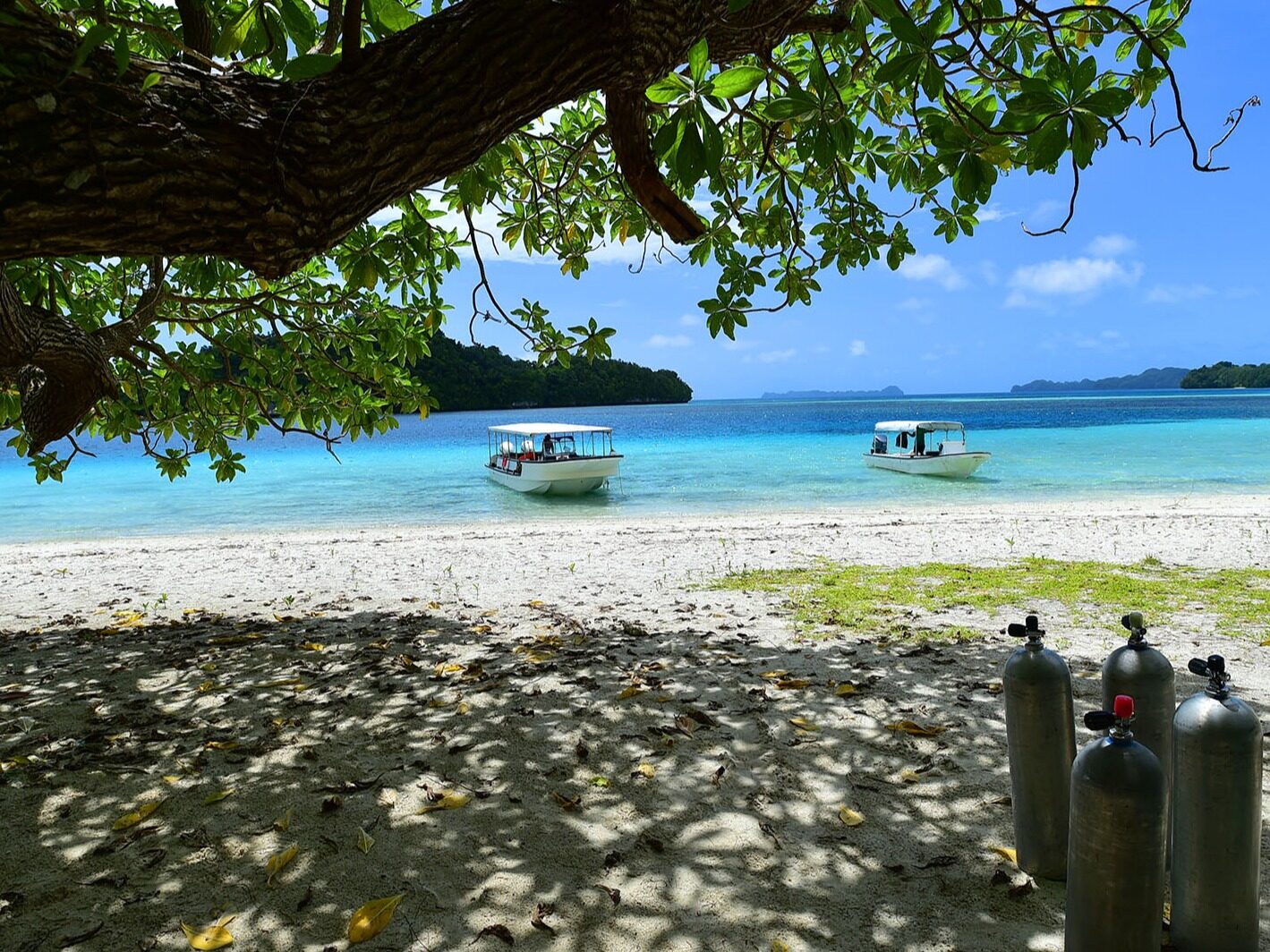
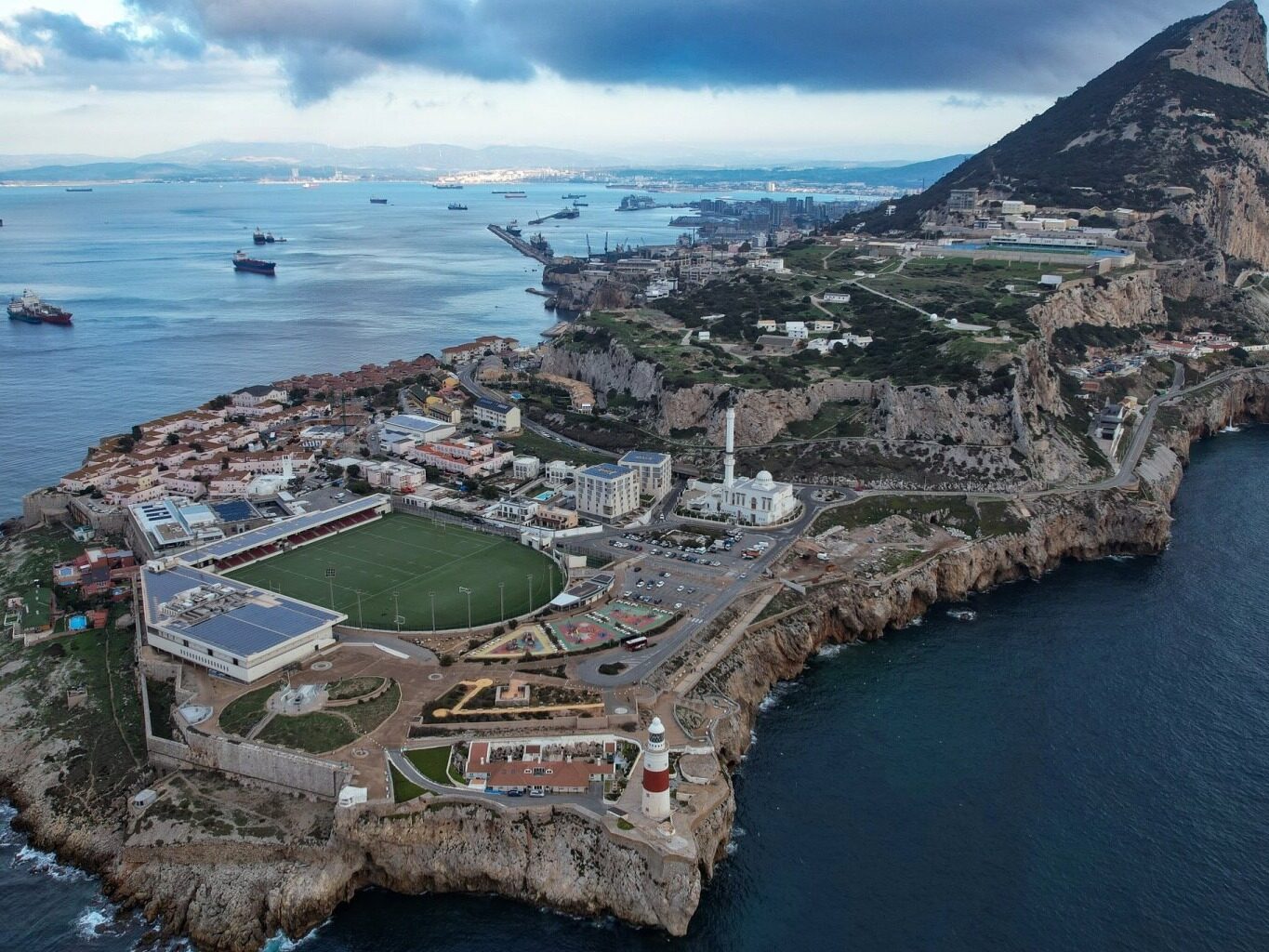
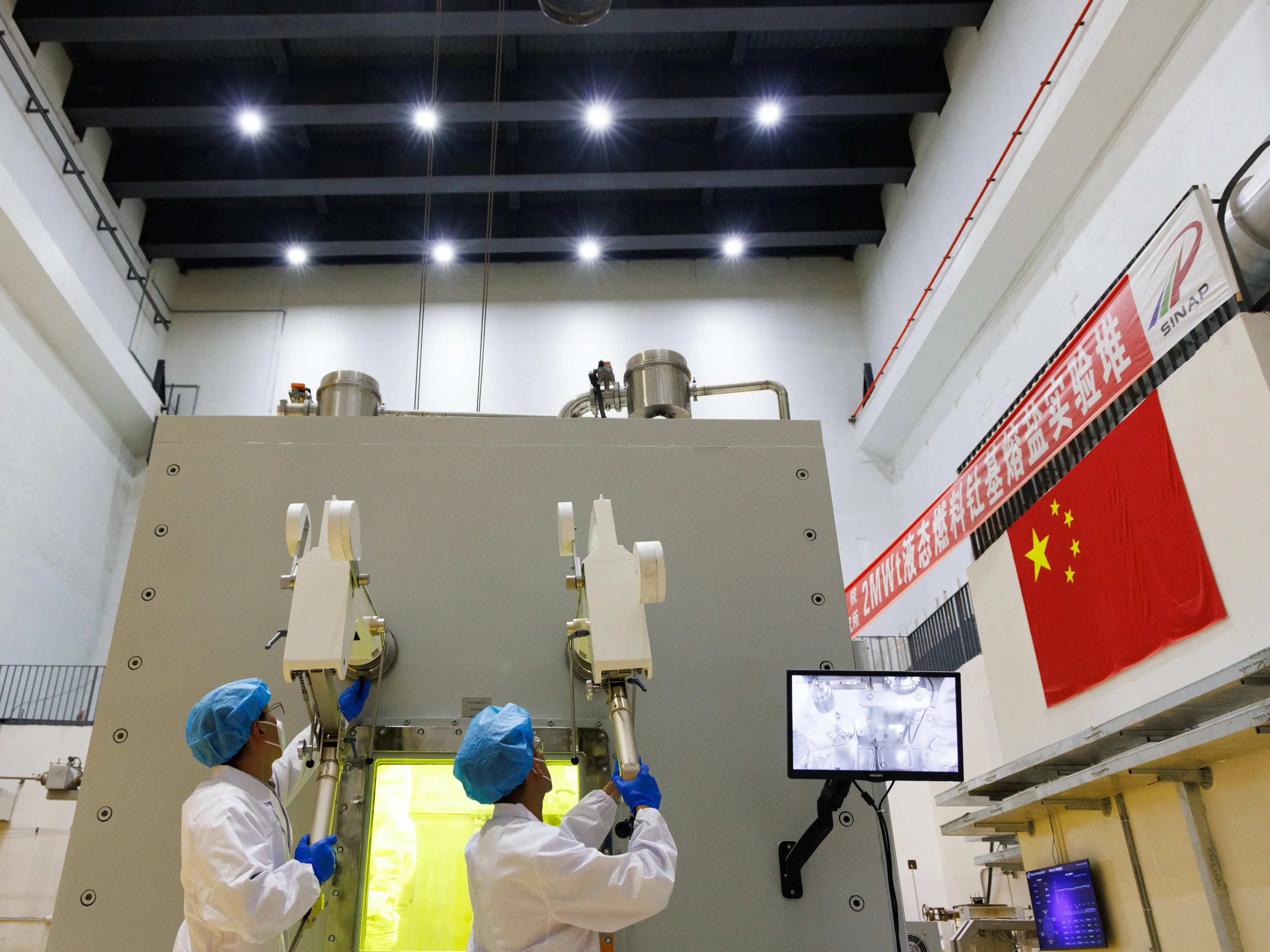

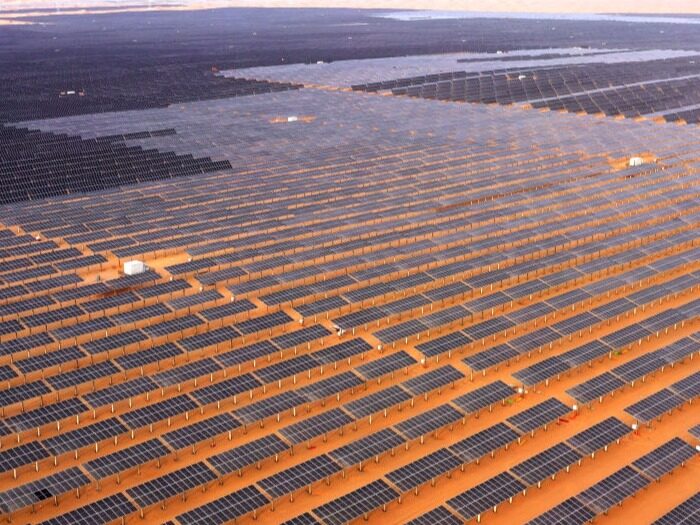
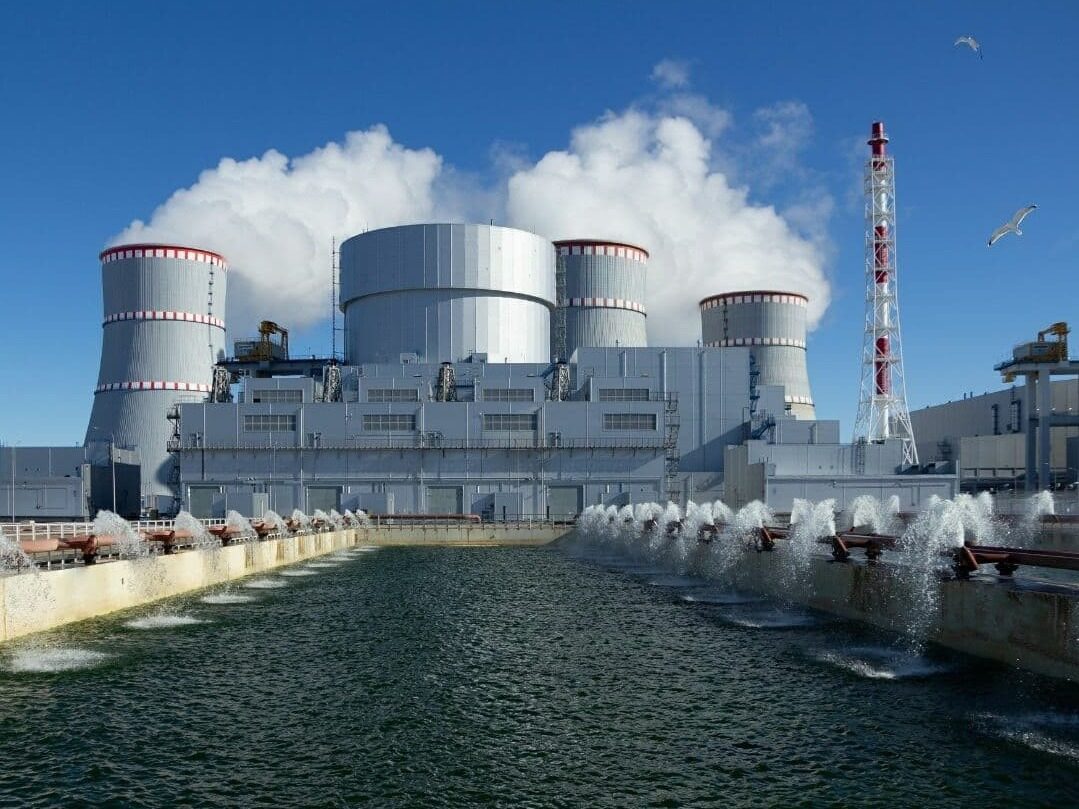






Write something~